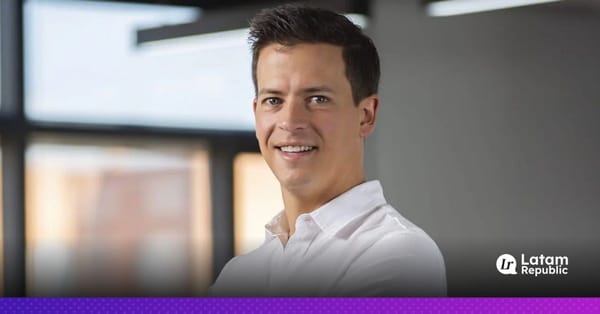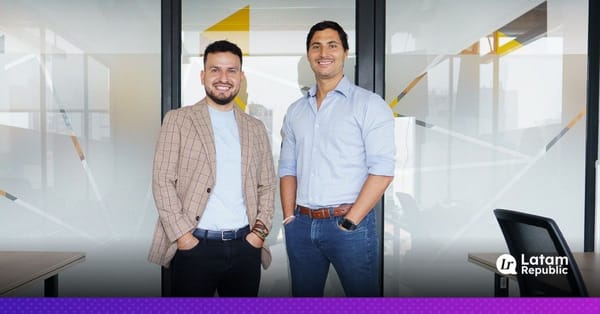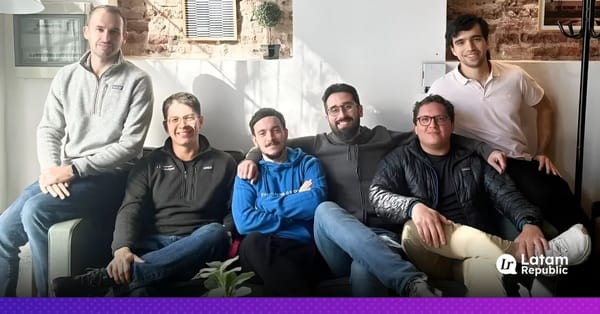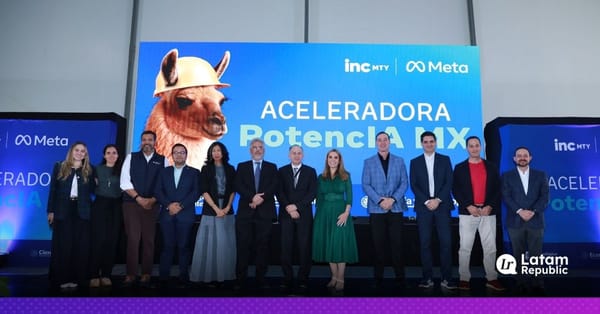The angel investor who charts paths for Latinos in Silicon Valley

Christian Van Der Henst is an unfiltered visionary. After co-founding the first startup for Latin America admitted to Y Combinator and the largest Spanish-language technology school, he now bets on entrepreneurial muscle through his new investment fund that seeks to inject 10 million USD over the next four years. The Guatemalan reveals how he thinks, chooses, and supports founders from the region.
When we first met Christian Van Der Henst, in a San Francisco bar (2301 Bryant Street, San Francisco, California), it was a challenge to have a conversation and “turn down the volume” of the crowd. After 10 PM, this small pub was crowded with founders, innovators, creatives, entrepreneurs, and visionaries. Among the movement, the lights, the wine, and the tapas, the Guatemalan angel investor acted as host in a place that pulsed to the rhythm of Silicon Valley.
With a mane of jet-black hair, glasses, a thick beard, worn jeans, and a wine-colored sweater, his youthful and charismatic look made him a fluent leader in the Latin American startup ecosystem. He never let go of his role as host of the evening. Thus, walking from one place to another, mixing English and Spanish among faces, voices, and people, it was natural to wonder why he attended these meetups and how he could sum up this gathering that would later repeat itself on a flight from San Francisco to Panama City, or in a virtual hangout.
Even as a whirlwind, the Guatemalan and co-founder of Platzi—the first Latin American startup focused on tech education to enter Y Combinator, impacting millions of students around the world—is rooted in the Californian city, a place that resonates with his language and curiosity: "I was born in a tiny country that made me realize I had to think big," he admits.
His early life had a turning point, when he discovered that not only could he consume content online, but also create it, which led him to his calling as a creator and to encourage others to build on the internet. He also played an essential role as a key figure in this awakening.

Following the youthful compass of a college student, his path took him to Spain, Chile, Colombia, and the United States with stops to expand in the tech ecosystem, and thus he shaped himself as someone who sees himself as "an international Latino," adapting to different cultures and accents, which often confuses those who try to box him into a single identity.
He sees himself as an early adopter, connected to industry trends, with a favorite role in education, as he considers himself a teacher before an entrepreneur. In his story, he highlights having supported companies from Latin America and Silicon Valley like Rappi, Toku, Ontop, PayCaddy, Nuvocargo, Valued, Terapify, Fondeadora, Pachama, Treble, Trii.
A turning point
After the founding of Platzi in 2011—a challenge he undertook with Freddy Vega—the platform unleashed its potential as a promise in the market, being the largest Spanish-language technology school for Latin America and the first to enter the program of one of the world's most important accelerators.
"I've had the fortune to focus more on Platzi thanks to the pandemic, which was a key moment and a time of growth for the company."
Platzi is one of the largest professional online education platforms in the region. Today, it has 3 million active students in more than 140 countries, thousands of courses, and study areas focused on developing the skills and knowledge required by the world’s top companies.
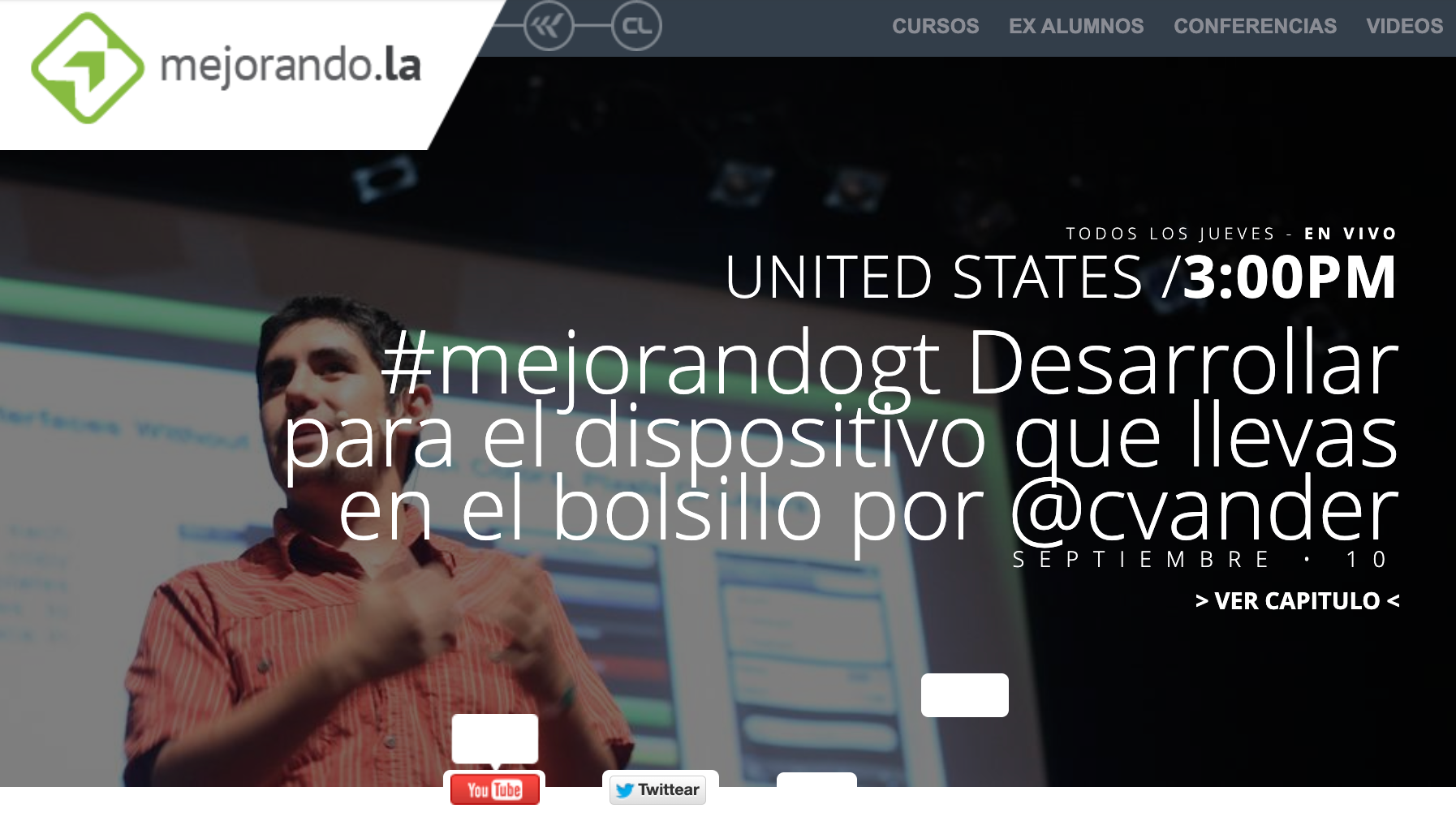
This year, after more than a decade of supporting the project—achieving massive traction, significant funding, and social impact—Van Der Henst decided to step away from the company to lead Región Cuatro, his new investment fund aimed at companies with early-stage Latin American technical talent.
The goal is to incubate projects and invest in startups, further amplifying his role as a mentor. From there, he intends to inject 10 million dollars into new ventures over the next four years.
Van Der Henst has nearly 60 checks in his portfolio as an angel investor, 80% of which have been for Latam companies he has watched grow from 2016 to now.
Who does he back? Without hesitation, he admits to being captivated by the determination of optimistic founders, who imagine a better version of the world and see how their company or service will contribute to it: “People who don’t give up, people who push forward, who don’t get tired, who never stop.”
The visionary trusts more in the profile of those who use their technical skills and intelligence to learn how to sell, process leads, prospect clients, and maximize meetings: “The most talented people come from technical backgrounds, and if they learn to sell with their own knowledge and technology, they can go on to create great companies.”
The roadmap for new founders is clear: “You need to attract; you need to sell quickly, captivate, show numbers; you learn that language by playing the game. If a young entrepreneur, but with a lot of technical knowledge and a problem, goes to San Francisco, knocks on doors, understands a bit of the lingo (jargon), they can raise capital. You have to learn that language.”
On the other hand, for Van Der Henst, loneliness is inherent to entrepreneurship; despite shared victories, the negatives and failures are much more common. Leaders must maintain a positive attitude for their teams, which isolates them with their co-founders. Although he doesn’t believe that entrepreneurship is for everyone, he does think everyone should try it at some point as a “good school.”
“While many people celebrate you and you can share the victories and the first investment rounds, the reality is it’s much more common to be told ‘no’; it’s more common that things don’t work out; and this you can only share with your co-founders, not with your team who need leaders to tell them everything is going to be fine. So, that puts you in a very lonely position,” he explains.
For the Guatemalan, ambition is in the DNA of Central American entrepreneurs. Despite being initially focused on the local market, people from the isthmus quickly expand their vision to a more global level. Unlike other Latin American cultures, in the region they are more “individualistic,” which may complicate teamwork, but also makes them resilient and capable of producing results: “The Central American entrepreneur thinks big, is ambitious; but curiously always thinks of their local market. They are good managers, tough, make things happen, so they don’t give up and that’s very powerful,” he states.
“We also carry a bit of a conservative culture, and it’s usually conservative societies that help create processes and establish norms and cultures,” he says.

Reflecting on a macro plan for the community, he insists that Latin businesses are growing but also facing barriers: scaling, talent retention, and access to capital for growth. “We’re starting to have interesting transactions that show Latin America has a lot of potential, but with due caution; I’m a bit cautious because we haven’t delivered yet,” he asserts.
In the current context, he says Silicon Valley is focused on itself, which makes it difficult for Latin American projects to get attention if they don’t have a global message: “The world has already changed; so has technology. Now what’s missing is for us, as human beings, to adapt to this change.”
And although he sees capital flowing massively, he estimates there are still few Latinos in Silicon Valley, and therefore, their dynamic with their own community is limited.
“We were raised conservatively with the belief that Latin people are hardworking and humble. And Silicon Valley isn’t; although it appreciates humility, it doesn’t value it the same way we do. Latin Americans want everyone to do incredibly well and never show off. Silicon Valley assumes everyone shows off a little.”
Thinking About AI
Within a framework where artificial intelligence is redefining business models and profit margins, with the adoption of solutions among Latin American startup portfolios, the angel investor clarifies that AI is not an add-on, but an integral part of any current technological solution. Any business adopting technology today already incorporates AI, in the same way it would use the internet or databases. It is a natural evolution of tech tools to achieve the same objectives.
When evaluating operating costs between Silicon Valley and Latin America, he reflects that 1 million dollars can cover a year of operations for a startup of four or five people in Silicon Valley, while in the Spanish-speaking world it offers much more coverage.
He also criticizes the tendency in Latam to build large teams before solutions work with small teams. He suggests that for pre-seed rounds: a working project should look for between 1 and 2 million dollars, and complete rounds can reach up to 5 million dollars.
Investing and Guiding

In terms of talent, the potential of entrepreneurs is distributed across the region, with the challenge of access to technology education, funding, and support networks, which presents a great opportunity for those who look further ahead, like Van Der Henst.
From a humanist perspective, he highlights the importance of those who support founders beyond the investment. “There’s a type of angel who doesn’t have much experience, and more than an angel investor, is a guardian angel [...]; someone who gave you a bit of their money, shared some capital because they believe in your project; but who will look after you, help you, try your product, tell all their friends, speak well of you. Sometimes, those angels are the most important.”
At the same time, he reminds that there are founders who build rounds with two or three funds and raise a million dollars; others with five or 10 angels. “I also know entrepreneurs who managed to bring together 100 angels with 100 small checks and with that raise a fairly strong pre-seed round.”
Van Der Henst sums up the message in the clear distance between Silicon Valley and the region: it’s not just about traveling, but about belonging. True innovation doesn’t come from the excitement of a week, but from constant friction with ideas, failures, and the conversations that happen behind closed doors.
“All the universities, accelerators, and projects that help entrepreneurs in Central America should fight hard for their entrepreneurs to spend time in Silicon Valley, not just stay for a week,” he insists. “In a week, you fall in love with the place but you don’t connect with the people. If you went to San Francisco and visited a bunch of restaurants and offices, you didn’t truly experience San Francisco. You know it when you start getting invited to homes, retreats, and events where people share naturally.”
For Central America to become a competitive hub, it’s not enough to admire the tech ecosystem from afar; he explains that you have to integrate, learn its codes, and bring back knowledge, as well as relationships, talent, and long-term vision. Furthermore, “there are too many paths to entrepreneurship; there is no magic formula.”
Originally published in Forbes Central America by Yandira Núñez Naveda.

